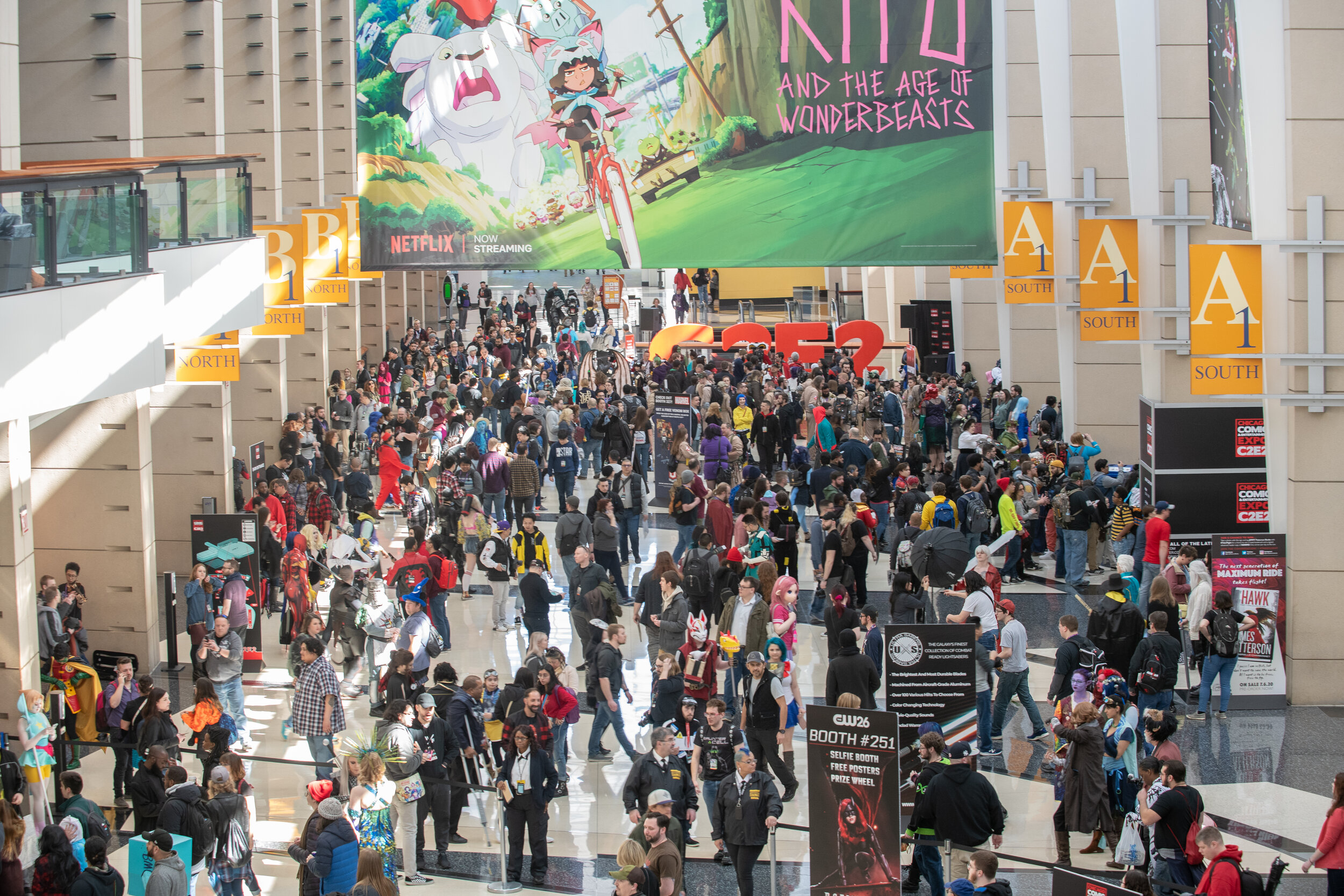Standing in the Fire
06/11/20
by Aaron Cynic
If it weren’t for thousands marching in the streets every day since Memorial Day, this week would’ve marked exactly 90 days that I’ve been quarantined in my apartment on Chicago’s Southwest side. I’m not sure which is harder to believe: that I’ve barely left the house or felt sun on my skin for three months (outside of “essential activities,” like grocery shopping and the occasional short walk through my little section of the neighborhood), that I haven’t physically seen or touched any people close to me outside of my partner in that amount of time, or that the entire nature of my work feels like it fundamentally changed.
I’ve been a freelance journalist in some form or another for most of my adult life. The last ten years have probably been the most intense ones of my life. I’ve written about, photographed, and filmed countless movements and struggles for justice. I’ve marched for more miles than I can remember, been surveilled and even attacked by the police, talked with countless incredible and inspiring people, and had more sleepless nights than anyone should. But despite being mostly confined to about 1,000 square feet, these last 90 days have been the most intense of all.
When I look back at photos from the last time I was outside before quarantine, my anxiety starts to spike. On March 7th, I was covering a Bernie Sanders rally, and freely walked and talked among more than 15,000 people spread out across Grant Park. The alarm bells about COVID-19 in the US were getting louder, but at the time Illinois hadn’t even seen a dozen cases. I shook hands and hugged friends and colleagues, and even had an early dinner with some of them before heading home to file. A few people in the crowd wore masks, and we definitely discussed the looming crisis in-between snapping shots, but one individual in the crowd still stood out to me for wearing full PPE. I thought that it seemed a bit much.
I stopped leaving the house except for anything but “essential activities” the very next day. Another comrade in freelancing posted to social media that they thought they had contracted COVID at a sci-fi convention that I also shot the weekend prior to the Sanders rally. At that event we hugged, shook hands, and swapped cameras to compare photos. Their announcement stopped me in my tracks for almost a solid 24 hours, until they made another post assuring their friends and followers they did not, in fact, have coronavirus. The next few days were a blur of stories quoting local elected officials and scientific and medical experts. For a week I wrote about almost nothing but a rise in cases, event cancellations, and building closures.
Most days afterward began the same way.
I would wake up to my alarm somewhere around 8 or 8:30am. I’d crawl halfway out of bed to find my phone and hit the snooze button. I would repeat this process a couple of times until 9:00am, or sometimes a few minutes after. In the brief glimpses of consciousness between moments of sleep, I would nearly forget why I wasn’t getting up any earlier. All this reminded me of a Simpsons episode where Homer wakes up on the lawn after an argument with Marge and mutters to himself, “Ah, the sweet couple of seconds before I remember why I’m sleeping on the lawn.”
I wasn’t sleeping on the lawn. My sweet couple of seconds were the ones I had before I looked at my bedroom ceiling, and then over to my usually-still-sleeping partner. In those few seconds, I’d give a quick prayer of thanks that she and I were still breathing and not feeling sick.
Throughout the day, I would tune into video chats with clients and colleagues, and press conferences with elected officials and experts. I probably wrote enough words in email and on Slack, Signal, Discord, Hangouts, and Messenger to fill at least a novel or two. The din of cable news hung so low in my living room that my cats were crawling through it. I took my temperature between two and six times a day. I developed and posted notes around the house to remind me of a strict cleaning regimen for any time I stepped off my back porch—not that I did that very much outside of taking out the trash, and certainly never without a mask, gloves, and goggles.
What does a photographer shoot when they’re stuck inside the same surroundings for a lengthy period of time? How does a journalist tell a story when they’re physically separated from the story? What happens when the need to be physically separated from other people is the story? I spent a week or two taking daily portraits of my cats during the early COVID quarantine days.
I’ve written, photographed, and rolled and/or edited video in some form or another for most of the last decade. Every moment until the next has felt like the most intense, but later moments tend to feel more intense than earlier ones, especially those from over the past few days.
Long before she and I started dating, my partner told me that both the apocalypse and the revolution don’t happen overnight, but incrementally, and that by the time you end up in the moment where everything seems to ignite, you’ve been standing in the fire for longer than you realize. I’ve often thought about this when I’m on the ground covering protests, especially ones that escalate, and I often think about it when I’m reflecting on them later. I’ve always known there was a fire, but that fact doesn’t make any of this less confusing, infuriating, frightening, or inspiring. .
As protests began to swell in Minneapolis, following the murder of George Floyd by the police, friends and colleagues from across the country asked if I was going to head that way to cover them. I had no plans to do so—not because I didn’t want to, and I do feel that this coverage is essential—but because I still hadn’t been able to reconcile leaving my house for a walk, let alone days and nights of sustained marches surrounded by hundreds or even thousands of people.
On the fourth night of protests in Minneapolis, police shot a dear friend and colleague of mine in the face with a rubber bullet, permanently blinding her left eye. By the weekend, protests were occurring not only in every major city, but in all 50 states in America, as well as across the globe. My friend wasn’t the only journalist attacked and injured by police as protests continued. Since the demonstrations began, there have been more than 328 press freedom violations. This includes both arrests and assaults and in many cases, journalists and photographers were specifically targeted. Those numbers however, pale in comparison to the thousands of demonstrators who’ve been beaten, gassed, arrested, and shot with “less than lethal” munitions.
As demonstrators took to the streets in Chicago and police responded with force, which sparked more than a week’s worth of civil unrest, I was still sitting in my apartment on the Southwest side. Not only was I not in Minneapolis, but I wasn’t even in the streets of my hometown. I’ve never shied away from a story or a struggle, but the threat of COVID still loomed like an incoming thunderstorm outside these walls. The people I know who’ve contracted COVID have made the details painfully clear. Outside of my partner, I have a few other immunocompromised people in my circle, and the thought of possibly spreading it to them—or anyone for that matter—isn’t one I can live with.
Still, I had other friends and colleagues on the ground, so I did what I could to help. I spent hours on the police scanner, and combed Twitter and other social media channels for any information I could relay to my people in the field. I boosted as many people as I could, as much and as often as possible. I did phone interviews with activists on the ground, exchanged emails with them, and tuned into zoom press conferences from both elected officials and protesters. While telling the story of a city, state, and country in the grips of a global pandemic from a distance is difficult, telling the story of a protest or revolution from the sidelines feels impossible. But I did what I could to help, every day.
A few days ago, I finally broke quarantine to cover a small march in my neighborhood. That same day, nearly 30,000 people rallied in Union Park and later marched for miles. I walked for a few miles with my gear on my back and the sun on my body, just as I’ve done countless times in my career. Despite the overwhelming presence of masks, there were moments where I almost forgot we were still in the throes of a global pandemic. That feeling was fleeting however, as when I arrived on my doorstep I quickly spread all of my gear out to clean it, put all my clothes in a bag on my porch, took an extra long shower, and then wiped down all of my door handles and anything else I touched.
But we’ve always been in the throes of a global pandemic. We’re not facing one or two crises, but interwoven tapestries of crises that continue to feed off and fuel one another. We’re not just living through a global pandemic of a new and deadly virus, but the pandemic of racism, of poverty, of sexism and bigotry, of ecological collapse, and of fascism.
It’s hard to figure out if this is the apocalypse or the revolution (or both), but no matter what I always know that I’m standing in that fire, and it’s continuing to grow. We’ve all been standing in it for a long time. The movements we see in our streets today didn’t come from nowhere. Calls to reform, defund, or even abolish the police didn’t just begin the day the Minneapolis Police Department murdered George Floyd. Those who’ve been oppressed didn’t just begin to cry out on Memorial Day—they’ve been screaming for justice for years. They’ve been showing and telling us how we can have justice for years.
And now, we’re seeing even more tangible changes and new ideas begin to form. Minneapolis is seriously considering defunding its police department. Other major cities are slashing bloated police budgets. People are coming together in communities and feeding each other, helping their neighbors get resources, and putting in work to transform lives. Just this week, Seattle residents created a small autonomous zone in their city, free of cars and cops. Hopefully, now more people will listen, discuss, and explore alternatives we’ve never before imagined, and I hope to be able to continue documenting it, and helping in any way I can.
Aaron Cynic is an independent journalist and photographer based in Chicago. His interest in the tapestry of politics and media began in the 90s when he stumbled into a table of zines at a punk show at the Fireside Bowl. Since then, he’s written and photographed for numerous publications, zines, websites, and even a couple books. He regularly contributed to Chicagoist from 2009 to 2017, and is the "Today" section editor of Third Coast Review. His work has also appeared in Shadowproof, Time, Chicago Magazine, The Guardian, The New York Times, In Justice Today, Alternet, Truthout, In These Times, Nation of Change, The Daily Line, The Huffington Post, Shareable, Forces of Geek, and more.










